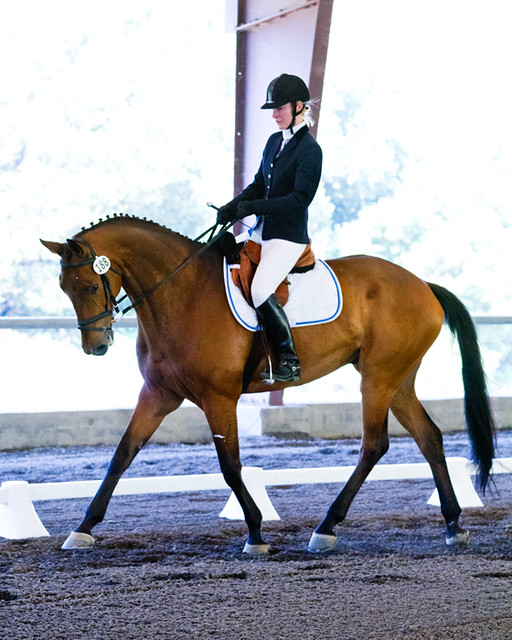Which is better? Lightroom or Photoshop?
Sep 26, 2018 08:12:58 #
Sep 26, 2018 08:35:41 #
mwsilvers
Loc: Central New Jersey
jaymatt wrote:
With the new ON1 update coming out in December with cataloging capabilities, it looks like you’ll basically get both in one program.
Except that the very capable ON1 (which I have a license for and use occasionally) is still not in the same league as Lightroom and Photoshop.
Sep 26, 2018 08:52:32 #
317tman wrote:
Interesting information. I've been hesitant to try LR as I have my own filing system that works well for me...
(Apple photos) has made me extremely leery of allowing any program to handle organization for me. Is it possible to use LR for minor adjustments w/o having it do organization or would there be no value in using LR in that way?...
(Apple photos) has made me extremely leery of allowing any program to handle organization for me. Is it possible to use LR for minor adjustments w/o having it do organization or would there be no value in using LR in that way?...
If you have something that works well, there's no point in fixing it. If it has limitations, then you can consider something else.
Lightroom as an editor is pretty good, but in my opinion it's not the ultimate in editing capabilities. It is the best I've come across in organizational capabilities. However, some people just can't get the hang of it as they're used to folder organization. If folder organization works for them then almost any editor will do for minor adjustments. PS is still king for the major work.
There is some value to folder/filename organization. I use it in addition to Lightroom organization. LR works great for me and I can find things in seconds. It's my preferred method. However, I have a lot of family photos and nobody else in my family knows how to use LR. If I want them to be able to find the family photos after I'm gone, I have to have them organized in a way they understand. A folder/filename system is something that they can use standard computer searches to find things.
Sep 26, 2018 09:23:23 #
StevenG
Loc: Long Island, NY
amfoto1 wrote:
It comes up often here.... People asking "Whi... (show quote)
Very good example of how the two programs work together and compliment each other.
Steve
Sep 26, 2018 09:35:16 #
Sep 26, 2018 09:53:40 #
amfoto1 wrote:
It comes up often here.... People asking "Whi... (show quote)
Very good article and examples. One of the best I've seen here....
And you are correct, to sum it up, they are programs for different purposes....LR is for general overall changes, and PS is for spot/ selective changes.
To answer the heading question, neither is better over the other.
Well done.
Sep 26, 2018 10:43:21 #
Gene51 wrote:
Close but not quite. It still lacks the refinement... (show quote)
The ON1 pluses and minuses are a topic onto itself. I bought it last year as an alternative to going the Adobe subscription route and quickly came to conclusion that if I fell for their hype (ON1 Plus et al and $80 to update) I’d easily be spending more than the LR/PS subscription model. One of the most asked for features in ON1 is the LR like “history” panel. According to the webinar yesterday, that’s not forthcoming nor even acknowledged as a future need. I’d be first to admit that I didn’t look forward to learning a new program when I bought. What I often do now is edit the same image in both ON1 and LR. I find in most cases that I get better, faster results in LR 6.14 than ON1 2018.5.
I apologize for the brief hijacking. Excellent article!

Sep 26, 2018 11:23:50 #
loosecanon
Loc: Central Texas
Gene51 wrote:
I think an illustration of what I am talking about, from a photographic point of view, will better explain what I was saying, with respect to the image. I am not saying your wife is incorrect. Of course the rider must look to the next jump, but for a split second, the rider and horse are unison, looking to stick the landing. Does she compete in Grand Prix?
The following images were taken from at Westport, CT, Ox Ridge Hunt Club Grand Prix in 2015.
The following images were taken from at Westport, CT, Ox Ridge Hunt Club Grand Prix in 2015.
I see your point perfectly. Wonderful and clear examples.
Sep 26, 2018 11:52:37 #
Didn’t Adobe originally call LR Photoshop Lightroom? A not too subtitle clue about their intended role.
Sep 26, 2018 12:27:44 #
Love this article...I am learning both programs at this time. Question...in your first example, I can see that you took out the sign. How difficult would it be to also take out the lamp post on her back? That's the kind of thing that happens with a lot of my photos. The best shots seem to have something like that sticking out of their body somewhere.
thanks for the article; its going into my when I get to that part of the learning that I want to master.
thanks for the article; its going into my when I get to that part of the learning that I want to master.
Sep 26, 2018 12:43:45 #
Jack 13088 wrote:
Didnât Adobe originally call LR Photoshop Lightroom? A not too subtitle clue about their intended role.
Yes they did... attached is the print screen pdf of their support page... notice top center of the page.
Sep 26, 2018 12:57:49 #
317tman wrote:
Interesting information. I've been hesitant to try... (show quote)
One of the great things about LR's Catalog system is that you will not have to change the way you store and organize your images. Your images are not IN LR, they are on your hard drive. You establish a connection between LR and your system/photos, and then LR "reads" and displays the photos. There are a couple of "rules" to follow to maintain that connection, the main one being that any editing, moving, creating new folders, etc. MUST be done from within LR. For instance, if you move an image from folder A to folder B in the folders on your hard drive, LR will tell you they are "missing". The connection has been broken, and you will have to help LR find them again! When you add images, edit images, move images, add folders, etc. in LR, those changes are automatically applied to the files on your Hard Drive.
Not only does LR save you steps when importing photos and then editing them, it also has ways to make it easy to find them! You can use Keywords - descriptive words that can identify either a specific photo or a category of photos. You can use flags, stars, and color coding [on the borders of images].
There is a learning curve, but there are lots of sources for finding out how to approach setting up LR. Adobe has a manual and tutorials. There are photographers who run subscription websites for learning PS and/or LR. There are photographers who have videos that constitute in-depth courses that you can purchase. Creative Live has On Air programs that cover many aspects of photography as well as other topics - they are free online, and you can also purchase them if you want.
Adobe offers free trials of their programs. You can try before you buy. They now work under a subscription for the licensing of their programs, but it is inexpensive [$10 per month] and you get LR Classic CC [the equivalent of the previous LR], PS CC, and a new mobile version which is now called LR CC [it is a less complete version of LR, for use on phones and tablets]. You also get access included to a couple of other programs if you want them. Another plus is that you will be getting a major upgrade with PS!
Hope this helps.
Susan
Sep 26, 2018 13:21:34 #
amfoto1 wrote:
It comes up often here.... People asking "Whi... (show quote)
That question is just mood, I did not read all you have written here, but these two programs are really not comparable, so questioning which is better, is really strange!
Sep 26, 2018 13:27:54 #
amfoto1 wrote:
It comes up often here.... People asking "Whi... (show quote)
Thank you for this great explanation of how to use Lightroom WITH Photoshop. I don't sell prints, but I often go to Photoshop to finish a picture...sometimes to exchange a face in a group shot (open two pictures as layers and paint in the face I want), whiten teeth, fix someone's complexion a little, or remove distracting elements. I'm not near as accomplished as I'd like to be, so posts like yours teach me a little more! Thanks again for a great post!
Sep 26, 2018 13:48:04 #
47greyfox wrote:
The ON1 pluses and minuses are a topic onto itself... (show quote)
I use all three, and Capture One, DXO PhotoLab - because there is no single software title that provides all that I need. If I had to do it with just one, then I might select Capture One - it is THAT good.
If you want to reply, then register here. Registration is free and your account is created instantly, so you can post right away.
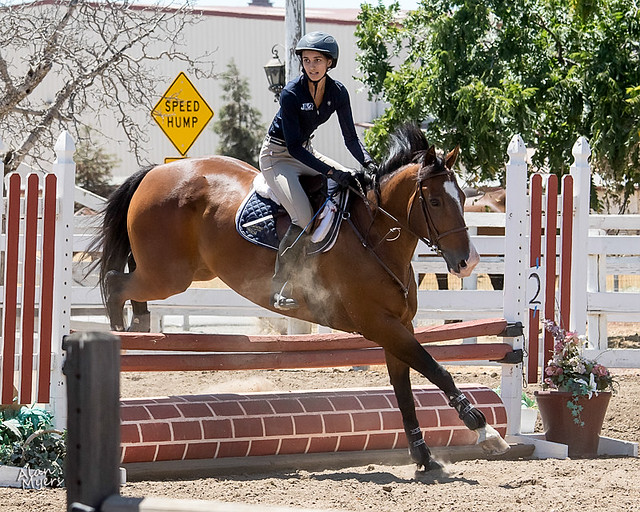
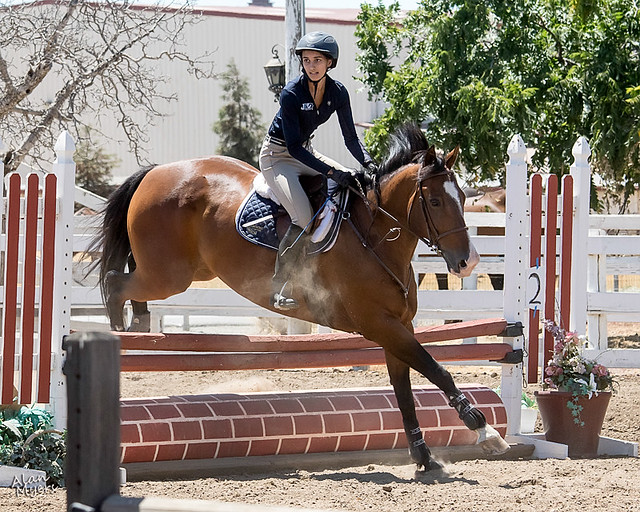
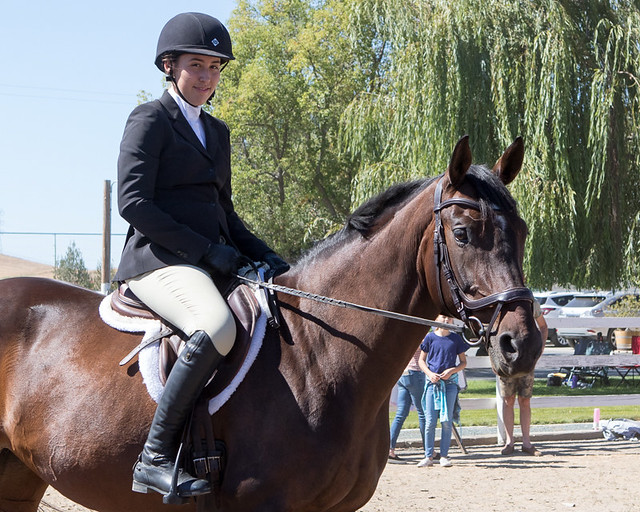
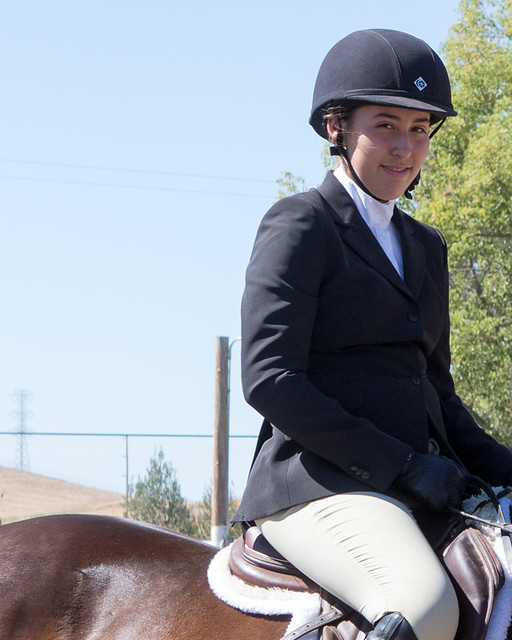
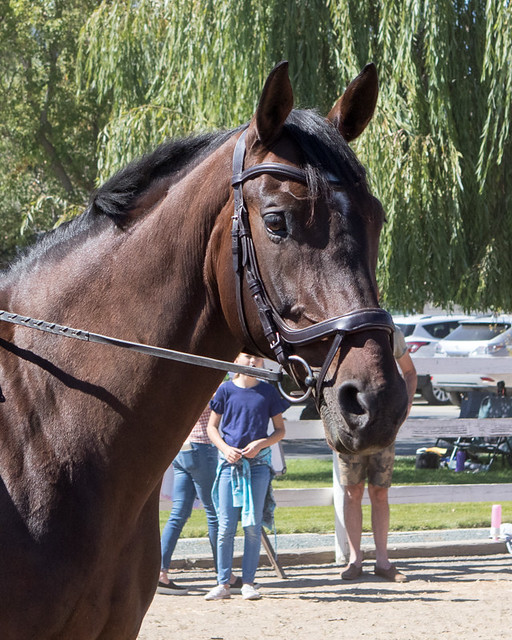

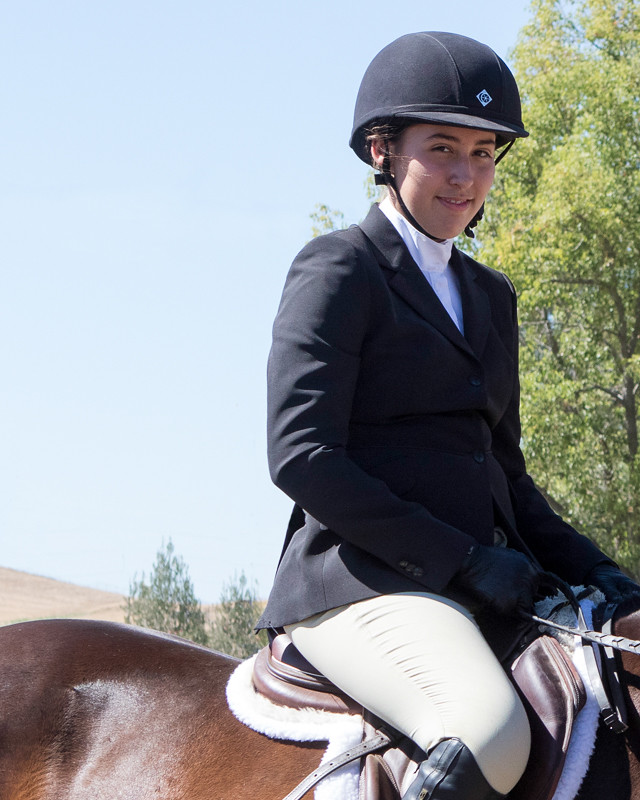
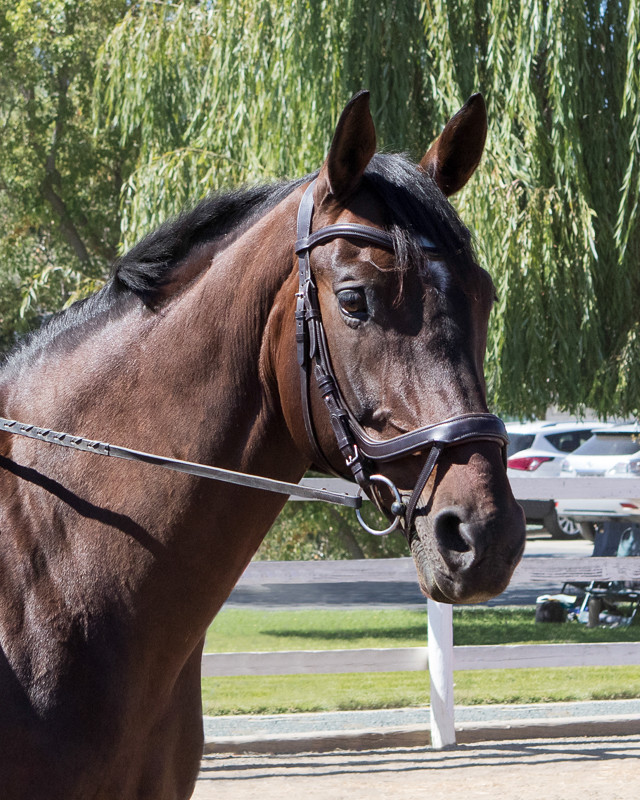
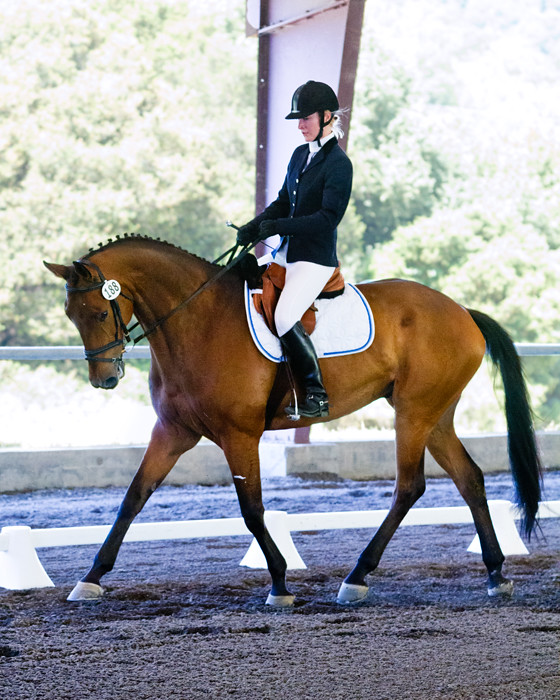
 ). And since the subjects are in motion, it's also largely impossible to deal with by making multiple in-camera exposures at different settings (such as HDR technique... which also would slow down shooting a great deal, likely causing me to miss a number of other shots).
). And since the subjects are in motion, it's also largely impossible to deal with by making multiple in-camera exposures at different settings (such as HDR technique... which also would slow down shooting a great deal, likely causing me to miss a number of other shots). 
